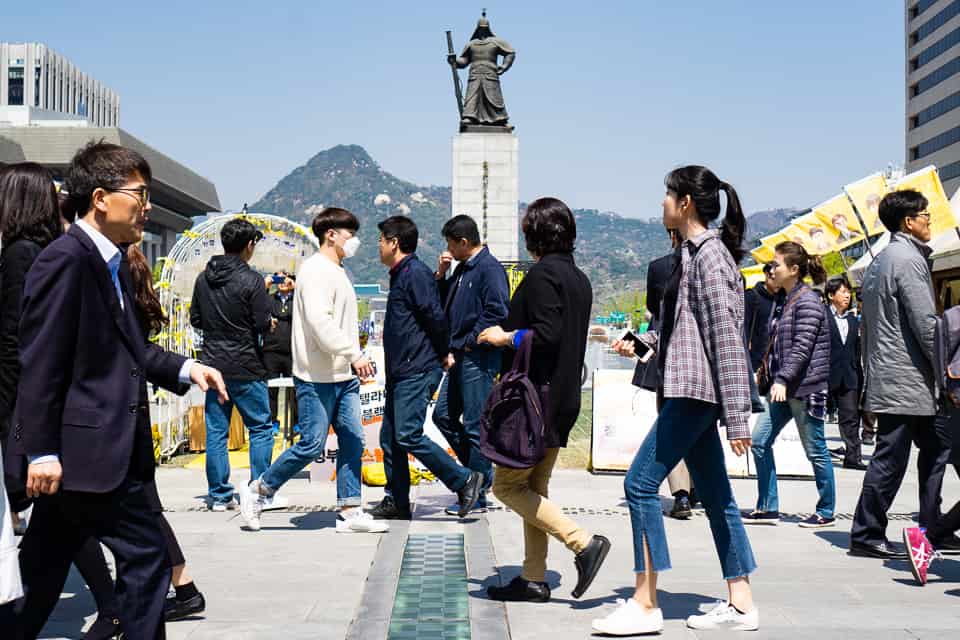photo essay
4th Anniversary of the Sewol: Curtain May Soon Fall on Site of Remembrance
Today marks the 4th anniversary of the Sewol disaster, and President Moon Jae-in’s first as president. He addressed the nation via Facebook yesterday, saying, “The Sewol tragedy changed us…. The candlelight protests and the vow to create a new South Korea began with the Sewol.
Surreal Exposure: Scenes from Seoul Fashion Week
Picture this: hundreds of young South Koreans milling around a courtyard, dressed in costumes you will probably never see anywhere else in Seoul, or all of South Korea for that matter. Sheer tops, sequined trousers and outerwear so generous in fabric allotment that collectively it could clothe the residents of
Songdo: No Man's City
If one were to crown the most bizarre city in South Korea, many users on r/korea would undoubtedly pick Songdo. Officially known as the Songdo International Business District, this 40 billion USD project is promoted as a smart, green, low-carbon city a fifteen-minute drive and a short flight away
Weekly Brief: Sept. 26th - Oct. 2nd
Baek Nam-gi’s struggle continues in death The government’s handling of Baek Nam-gi’s death has begun to attract international attention. Despite strong opposition from Baek’s family, civic groups, associations of doctors and lawyers, and even a joint statement from four major international NGOs and IGOs, the
The End of South Korea's Rural Schools
Every Wednesday I teach at what must be one of the smallest public schools in South Korea: Anpyeong Middle School, home to just seven students. Seven students. That’s two 7th graders, three 8th graders, and two 9th graders. The school is set to close next year. Its closing represents
Salt Flowers: Glimpses of South Korea’s Labour Landscape
Sweat stains on an old pair of overalls, or sweat stains on a fine shirt. South Koreans call them both “salt flowers”: beautiful traces of hard labour. It is a symbol of labour’s immeasurable value, beyond the understanding of those who never work and sweat. Calling a sweat stain



